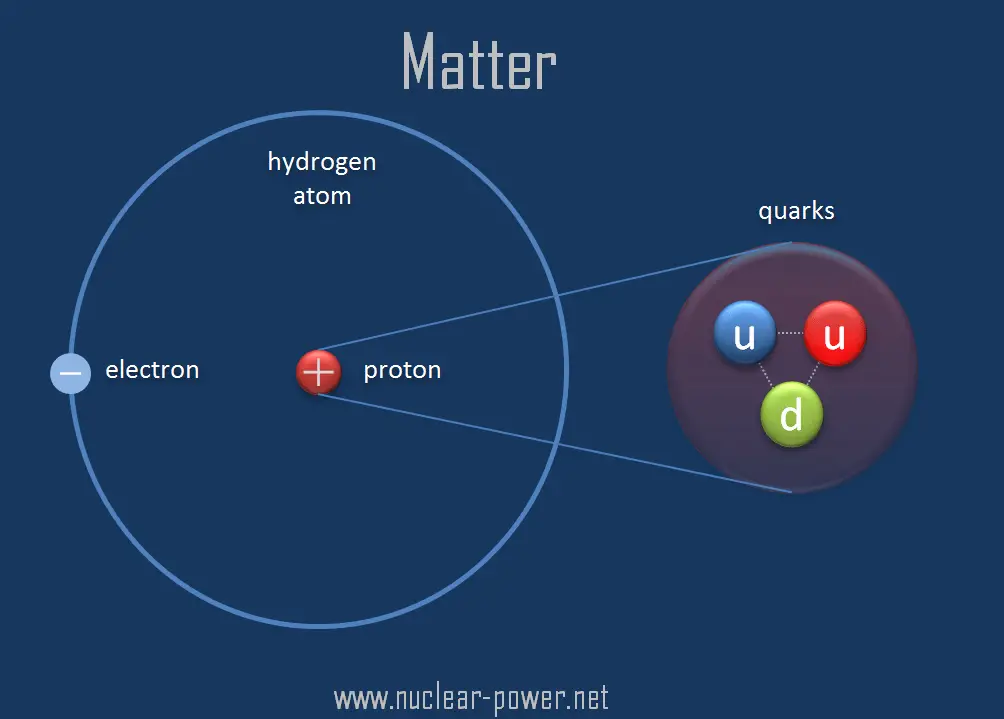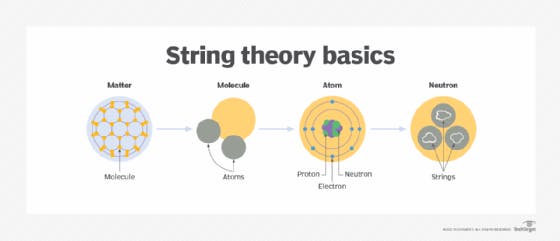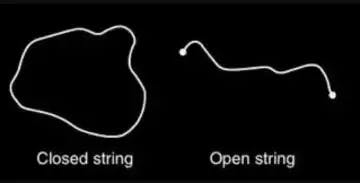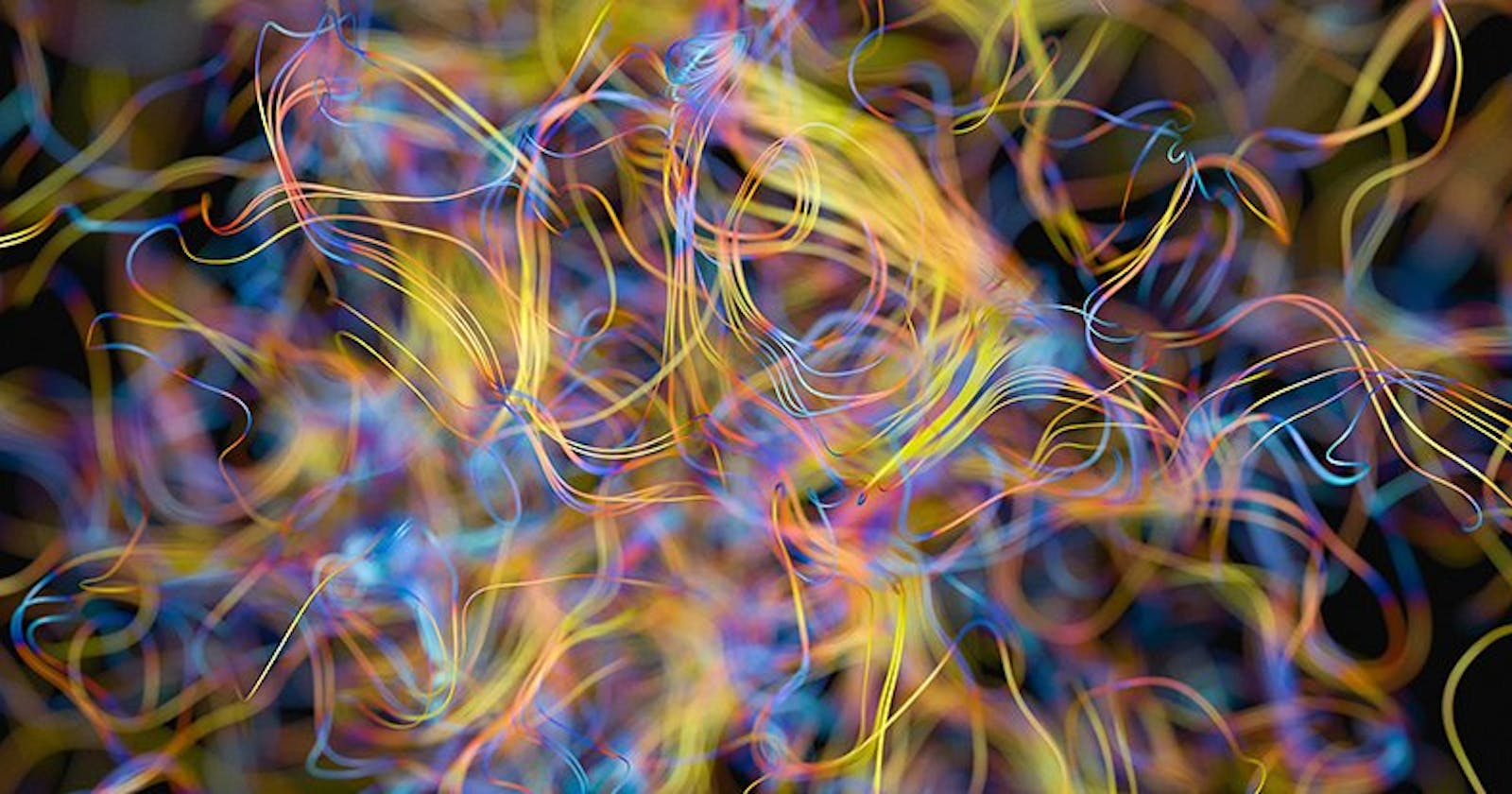A famous, controversial and often misunderstood story about the nature of everything.
"String theory: The fabric of the universe"
Intro
If you've watched the sitcom "The Big Bang Theory", you can hear Sheldon Yap about String Theory. This inspired me to learn what it is and to post a blog on it. To start with, let's just take an apple for example, what is it made of? The first answer you could think of is “atoms” right? That is where our reality ends and Quantum reality begins. Now, take a small slice of that apple and using a transmission electron microscope (TEM) just zoom in a bit, about 500,000 times and you will see what we thought the building blocks of all matter were, ATOMS. Those atoms are made of three other subatomic particles called electrons, protons and neutrons. As we know the electrons revolve in orbits around the nucleus. The nucleus is made of protons and neutrons combined. If we zoom into the nucleus, into the protons we find quarks where we have limited ourselves thinking they cannot be further divided into smaller particles.

What if these particles are a product of some strings just vibrating in a certain pattern? In the realm of string theory, the fundamental idea is that tiny, vibrating strings are the building blocks of the universe. These strings can vibrate in various patterns or modes, and depending on the specific mode of vibration, they can give rise to different particles. For instance, when a string vibrates in one particular pattern, it manifests as an electron. However, when the same string vibrates in a different pattern, it transforms into a proton.

This profound concept suggests that the diverse array of particles in the universe can be fundamentally attributed to the unique vibrational patterns of these tiny strings. A string can either be closed or open.

The strings are approximately the order of plank length 10¯³² meters. In classical or general relativity scales strings are not very different from zero-dimensional point particles.
But, unlike classical theory which works with 3 spatial dimensions and 1 temporal dimension(time), string theory requires 10 dimensions to work out. Eventually, with string theory, we might be able to answer questions about quantum gravity which have been puzzling physicists for decades, such as how black holes work or the information paradox.

Versions of string theory
Bosonic string theory was one of the initial iterations of the string theory framework, it only included fundamental particles called bosons. However, as the theory evolved, it gave rise to a more revolutionary concept known as supersymmetry, which established a profound link between bosons and fermions(two distinct particles in the universe). Over time physicists refined this string theory into 5 concrete versions each offering unique solutions to the mysteries of the universe.
Five Versions of String Theory
Type I
Type IIA
Type IIB
Heterotic string theory (SO(32))
Heterotic string theory (E8×E8)
Type IIA, Type IIB and heterotic theory consist of only closed strings whereas Type I consists of both closed and open strings.
M-Theory
We haven't talked about scientists till now, have we? Now comes an important one, Edward Witten. He stated that all the string theory versions are just different limiting cases of one super theory.
It is called M-Theory. This theory is based on eleven dimensions. Edward has formulated this conclusion, based on the findings of Michael Duff, Chris Hull, Ashok Sen and Paul Townsend.

A theory this good obviously comes with limitations.
Experimental challenges of string theory
The lack of experimental confirmation remains one of the major hurdles in the development of string theory. String theory makes predictions that often require particle accelerators with energies far beyond our current technological capabilities. Testing string theory predictions demand an extraordinary level of precision and control, which presents significant technical challenges. The theory's reliance on higher dimensions makes experimental verification even more intricate, as these dimensions are not readily accessible. Scientists have proposed various experiments, such as detecting extra dimensions or exotic particles called supersymmetric partners, but they require tremendous resources.
One avenue of exploration involves studying cosmic phenomena, such as cosmic microwave background radiation, for indirect evidence of string theory's effects. The lack of direct experimental validation has led to ongoing debates and skepticism within the scientific community. Some physicists argue that string theory may remain untestable in the foreseeable future, posing a fundamental challenge to its acceptance as a scientific theory. Despite these challenges, string theory continues to offer intriguing mathematical solutions and insights that inspire ongoing research and exploration. The quest for experimental evidence to support or challenge string theory remains a fascinating and vital area of research in the field of theoretical physics, and breakthroughs in experimental technology could one day unlock its mysteries.
Conclusion
String theory is a captivating and complex theory that takes us to the very edge of our understanding of the universe. While it remains a subject of ongoing research and debate, it has the potential to reshape our understanding of the fundamental laws governing the cosmos. Exploring the basics of string theory opens the door to a world of profound scientific discovery and innovation.
